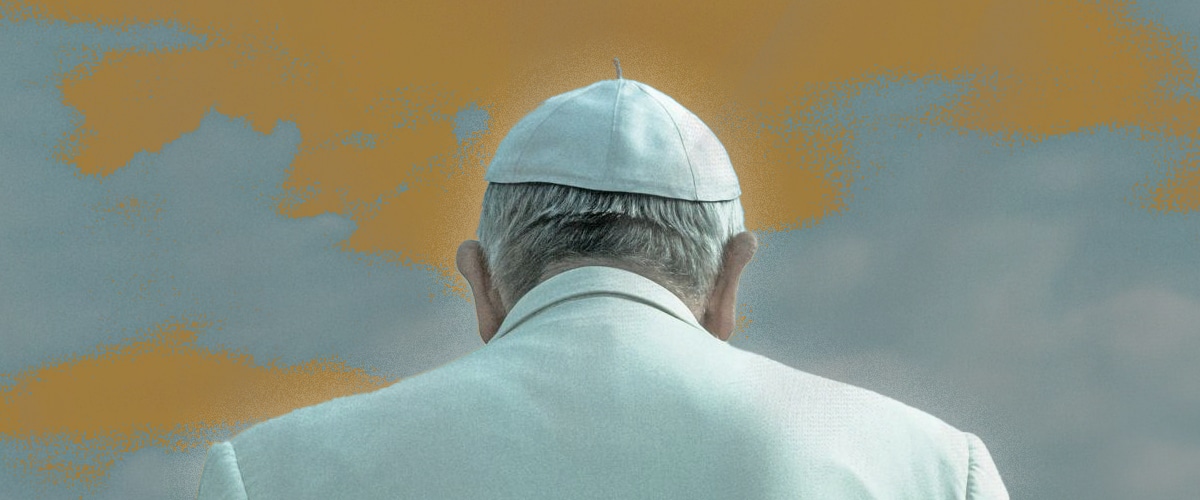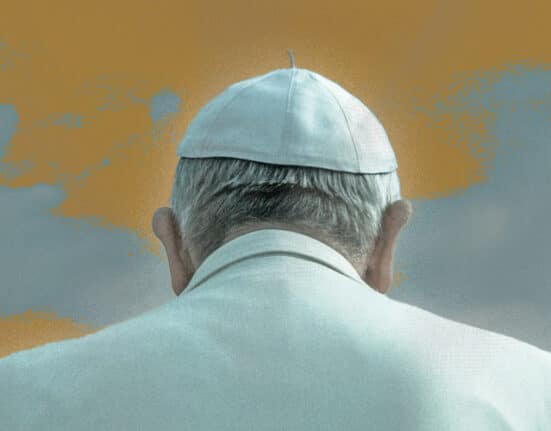WHO can replace Pope Francis?
Some are probably pondering this as the 88-year-old pontiff remains in a critical condition and continues to be treated for double pneumonia.
The Vatican reported on Sunday that his blood tests show “early, mild renal insufficiency, which is currently under control,” adding that Pope Francis “remains alert and well-oriented.”
Statement from the Holy See Press Office pic.twitter.com/BC6IZZe8t5
— Vatican News (@VaticanNews) February 23, 2025
As of this writing, Pope Francis remains the head of the Roman Catholic Church. However, several media outlets have released a list of frontrunners to succeed the current pontiff should anything happen to him.
Can Pope Francis choose his successor? No.
So, how can the Catholic Church choose its pontiff? This is where the Papal conclave enters the picture.
Who participates in the conclave?
The Papal Conclave happens when a pope resigns from his post or dies. It is a millennia-old tradition where the College of Cardinals convenes to select a new pontiff.
This is one of the important functions of cardinals, aside from serving as advisors to the pope. Pope Nicholas II gave them full authority to select pontiffs in 1059, blocking outsiders from meddling with papal elections.
Pope Gregory X expedited the papal elections in 1274 by establishing the conclave system, isolating cardinals from external influences. They were placed in one room and had limited food rations until they elected a new pope.
In the 1970s, Pope Paul VI limited the number of voting cardinals to 120, with only those under the age of 80 able to participate in the conclave.
The last papal conclave happened in 2013 when 115 cardinal electors chose Pope Francis to be the successor of Pope Benedict XVI, who passed away in 2022 at the age of 95.
Today, 138 out of 252 cardinals are eligible to vote for the next pope.
Who can be the next pope?
Any Roman Catholic male can serve as pope. Although it is not a requirement, other pontiffs, including Pope Francis, served as cardinals first.
Several cardinals are considered frontrunners to be elected as the next pope, and among them is Cardinal Luis Antonio Tagle.
The 66-year-old Filipino cardinal was the archbishop of Manila before he was appointed Prefect of the Congregation for the Evangelization of Peoples by Pope Francis in 2019. Tagle is the seventh Filipino to be made a cardinal in the history of the Roman Catholic Church.
Other frontrunners are Italy’s Cardinal Pietro Parolin, Netherlands’ Cardinal Wim Eijk, Hungary’s Péter Erdő, Malta’s Cardinal Mario Grech, United States’ Cardinal Raymond Burke, and the Democratic Republic of the Congo’s Cardinal Fridolin Ambongo Besungu.
The voting process
The conclave starts with a morning mass at St. Peter’s Basilica, before the cardinal electors, or those under 80, enter the Sistine Chapel where each takes an oath of secrecy.
They pledge to not reveal details about the conclave or they will be excommunicated for leaking information. The chapel is also swept for listening devices before and during the conclave, according to the Archdiocese of Toronto.
The voting process will then proceed with three cardinals assigned to collect ballots, another three cardinals assigned to count the votes, and three more cardinals who will review the results. They will be joined by two technicians, medical personnel, and several assistants inside the conclave.
The ballots bear the Latin phrase “Eligo in Summum Pontificem,” which means “I elect as the most high pontiff.” Below is a blank space where cardinals will write the name of their chosen candidate.
Cardinals will fold their ballots and place them on a round plate at the altar, which will be placed in an oval urn. The names of the candidates will be read aloud, and when one obtains two-thirds of the vote, he will be the next pope.
The papal conclave does not end in a day. If there is no new pope by the afternoon of the first day, a maximum of four ballots will happen on each following day: two in the morning and another two in the afternoon.
If no pope is selected after three days, the voting process will be suspended for up to one day. If there is still no result after another seven ballots, the voting will be paused and there will be a day of prayer, reflection, and dialogue.
A runoff election will then be held between the two cardinals who garner the most votes on the last ballot. The two top candidates are not allowed to participate in the runoff election, but they will remain inside the Sistine Chapel.
The longest papal elections happened during the selection of Pope Gregory X, which lasted from November 1268 to September 1271, following the death of Pope Clement IV.
What happens once a new pope is named?
While the public has no idea what is going on inside the Sistine Chapel, they would know if a new pope has been elected by looking at the smoke emitted from the chapel’s chimney.
The ballots are burned with a chemical that produces either black or white smoke. White smoke signals a new pontiff has been selected, while black smoke indicates otherwise.
The winner will be asked, “Do you accept your canonical election as Supreme Pontiff?” If he answers in the affirmative, the new pope will be asked, “By what name do you wish to be called?”
After choosing his name, cardinals will approach the new pope to pledge their obedience.
Clad in his new robes, the new pontiff will be introduced by his papal name from the balcony of St. Peter’s Basilica, where he is expected to address the public.
On X (formerly Twitter), Pope Francis thanked everyone who gave him “messages of affection” since his hospitalization. The Vatican watches over the pontiff’s health and updates about it regularly.
I have recently received many messages of affection, and I have been particularly struck by the letters and drawings from children. Thank you for your closeness, and for the consoling prayers I have received from all over the world!
— Pope Francis (@Pontifex) February 23, 2025
How useful was this post?
Click on a star to rate it!
Average rating 5 / 5. Vote count: 2
No votes so far! Be the first to rate this post.
We are sorry that this post was not useful for you!
Let us improve this post!
Tell us how we can improve this post?





